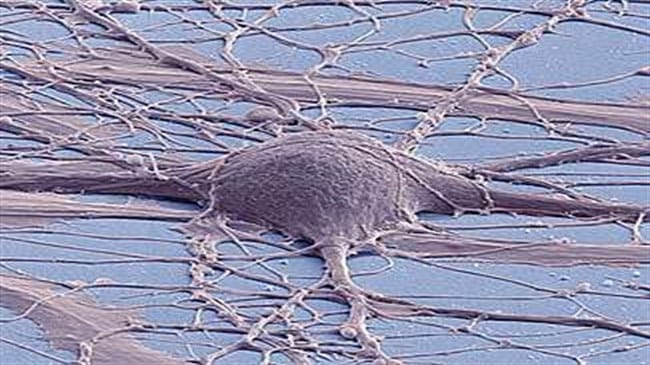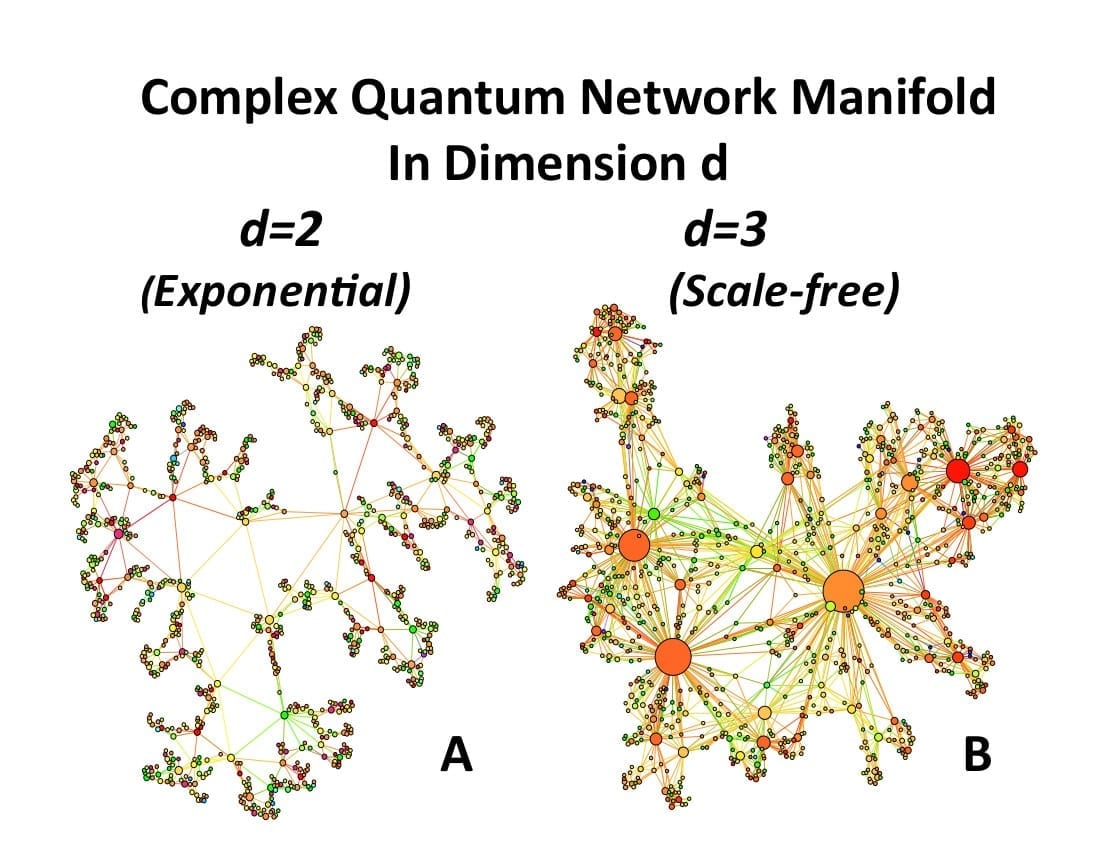
UMass Medical School scientists are the first to show that it’s possible to reverse the behavior of an animal by flipping a switch in neuronal communication. The research, published in PLOS Biology,provides a new approach for studying the neural circuits that govern behavior. It also has important implications for how scientists think about the neural roadmap.
New technologies have fueled the quest to map all the neural connections in the brain to understand how these networks process information and control behavior. The human brain consists of 100 billion neurons that make a quadrillion connections. The total length of neuronal processes in the human brain is approximately 4 million miles long, similar in length to the total number of roads in the U.S. Along these networks, neurons communicate with each other through excitatory and inhibitory synapses that turn neurons on or off, respectively.
The neuronal roadmap, or connectome, however, doesn’t include information about the activity of neurons or the signals they transmit. The complexity of the human brain makes it almost impossible to address questions such as how stable are neural circuits in the brain and does their wiring constrain the flow of information or the behaviors they control.
Mark Alkema, PhD, associate professor of neurobiology, turned to the nematode C. elegans to find answers. A tiny worm with only 302 neurons, it is the only animal whose neural roadmap has been completely defined.
In this study, Dr. Alkema and colleagues sought to determine if flipping the sign of a synapse from inhibitory to excitatory in the worm’s brain was enough to reverse a behavior. To do this, they analyzed nematode touch response that C. elegans employ to escape from carnivorous fungi that use threadlike nooses to catch nematodes. During this escape response, neurotransmitters in C. elegans are released that activate an inhibitory ion channel. This causes the worm to relax its head and quickly reverse direction away from the predator.
Jenn Pirri, a doctoral student in the Alkema lab, and Diego Rayes, PhD, a former post-doctoral fellow now at the Instituto de Investigaciones Bioquímicas de Bahía Blanca in Argentina, replaced the inhibitory ion channel with an excitatory version of the channel in a live nematode.
“Surprisingly, the engineered channel does not affect development of and is properly incorporated into the neural circuits of the worm brain,” said Alkema. “Cells that are normally inhibited in the brain now get activated.”
“What was most striking is that we were able to completely reverse behavior by simply switching the sign of a synapse in the neural network,” explained Alkema. “Now the animal contracts its head and tends to move forward in response to touch. This suggests that the neural wiring diagram is remarkably stable and allows these types of changes.”
Read more: Changing behavior through synaptic engineering
The Latest on: Changing behavior through synaptic engineering
[google_news title=”” keyword=”Changing behavior through synaptic engineering” num_posts=”10″ blurb_length=”0″ show_thumb=”left”]
via Google News
The Latest on: Changing behavior through synaptic engineering
- Science behind predicting and changing human behavioron May 4, 2024 at 12:08 pm
New research from the University of Pennsylvania identifies which behavior change strategies truly work and which don't.
- Accelerating Sales Results Through Behavioral Changeon May 1, 2024 at 4:16 am
At the heart of every sales leader's mission lies a singular ambition: igniting sales performance. To propel your sales team toward accelerated results, you must initiate behavior change.
- Beyond reward: A new study offers a glimpse into how the brain learnson April 3, 2024 at 1:41 pm
Learning involves acquiring knowledge through experiences ... “When you reinforce behavior, we often think it’s just that action. But no: you’re changing the entire behavioral structure.
- This 200-Year-Old Law Of Heat Has A Blind Spot. It Could Change Engineering.on March 14, 2024 at 5:39 am
For 200 years, Fourier’s law has been the go-to explanation for how heat diffuses through solid materials ... Amherst has detected heat behavior in translucent polymers and inorganic glass ...
- The Handbook of Behavior Changeon October 18, 2023 at 3:19 am
evidence-based means to promote adaptive behavior change. In recognition of this impetus, The Handbook of Behavior Change provides comprehensive coverage of contemporary theory, research, and practice ...
- Online MS, PhD in Civil Engineeringon April 21, 2023 at 12:12 pm
Earn Your Online Master’s Degree or PhD in Civil Engineering at One of the Top Civil Engineering Colleges in the Country. Civil engineers design, create, and maintain the structures that support our ...
- Managing Through Changeon April 21, 2022 at 7:55 am
we react by changing our practice to meet the demands of our customers. The following suggestions might help your practice sail through this perfect storm of market forces: Review your lending ...
- Changing behavior through technology: therapeutic culture and the digital revolutionon March 5, 2019 at 7:04 am
This British Academy funded project, led by China Mills, analyses the social life (production, use, appropriation and resistance) of psy-technologies for behaviour change within international ...
- How to Change Consumer Behavior Through Advertisingon July 17, 2018 at 11:30 pm
Changing consumer behavior through advertising is one method to correct these issues. A well-written, strategically placed advertisement has the power to change consumer behavior if you advertise ...
- Change of Program, Engineeringon January 19, 2016 at 9:08 am
Students who wish to change their declarations of program within the College of Engineering are required to follow the procedure stipulated under University Academic Policies: Change of Major within ...
via Bing News










